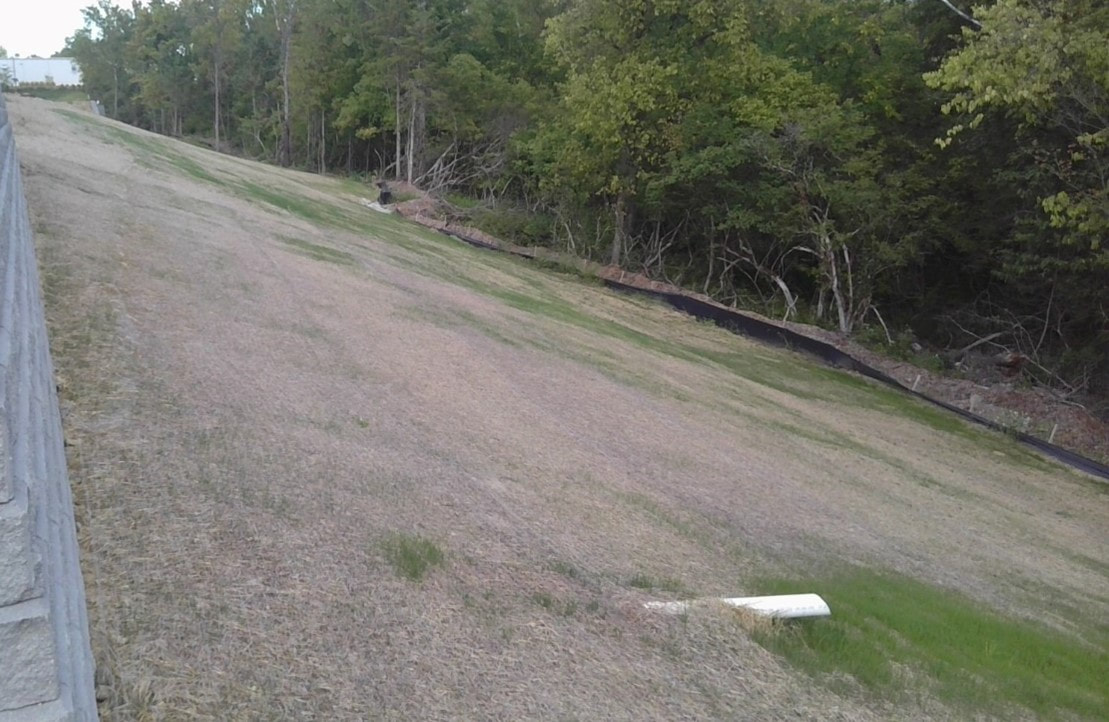|
Fall-time in southwestern Ohio is simply wonderful; the weather starts to cool down and the trees transform into a lovely autumn palette. Around this time of year, we like to remind developers to continue seeding as much bare soil as possible before winter turns the corner. Soil erosion remains an area of concern for earth disturbing work throughout winter as melting snowfall transports sediment into our local waterways. According to the Ohio Rainwater and Land Development Manual, soil stabilization is the most effective way to minimize sediment erosion from construction sites (over >90%). We mean it when we say seeding and sod installation is music to our ears! Temporary seeding (which must be applied to bare soil where additional work is not scheduled for more than 14 days) may continue until November 1st. Especially through late fall, we recommend monitoring and maintaining seeding efforts until an overall vegetative density of >70% has been achieved. Fall-time seeding species include Rye, Tall Fescue, Annual and Perennial Ryegrass, Creeping Red Fescue, and Kentucky Bluegrass. A layer of mulch (straw, wood cellulose fiber, and/or mulch matting) must be applied during or immediately after seeding. During more favorable seeding times of year, mulching may not be necessary but late fall weather warrants the extra protection. The window for permanent seeding (which must be applied to bare soil at final grade that may be idle for over 1 year) has now closed (March 1st through September 30th). Click here for our guide to dormant seeding during winter months. Traditional permanent seeding efforts may germinate during late fall, but they are unlikely to survive the winter. Spotlight Example from the Field: Seeding Before Winter Ryan Wilms and his team at Cincinnati United Contractors have been working on improvements at Green Bay Packaging in Lebanon, OH. During routine inspections, we noticed their team’s excellent pre-winter stabilization. Having this steep slope stabilized now will set them up for success throughout winter. This also allows for more efficient sediment management throughout the rest of their project. What if temporary/final grading work took longer than expected and you missed the seeding window? Although the disturbed areas cannot be traditionally seeded after the windows have closed, bare soils must be mulched or dormant seeded. For more specific technical guidance and specifications, please review the most recent OEPA Construction General Permit (OHC000006), the Rainwater and Land Development Manual, and the Stormwater Pollution Prevention Plan (SWPPP) for your site. Additional Resources Construction Site Winterization – Development Digest Rainwater and Land Development Manual Ohio EPA NPDES General Construction Permit (OHC000006) Seeding Tables – USDA NRCS
2 Comments
|
Details
Urban team BLOGEvery month, the Warren Co SWCD Urban Team dives deep into the world of land development as it relates to stormwater pollution prevention. The blog covers topics like erosion & sediment control best management practices (BMPs), state and local regulations, retention/detention basins, and the conservation of our natural resources. Stay up to date with Development Digest by signing up for WCSWCD Urban eNews!
Categories
All
Archives
July 2024
|
|
|
Contact:PHONE: (513) 695 - 1337
EMAIL: [email protected] HOURS: Monday - Friday 7:30am - 4:00pm (except holidays) Connect:Warren County Soil & Water Conservation District Copyright © 2016
Warren SWCD Privacy Notice. Emails are serviced by Constant Contact. Constant Contact's Privacy Notice. |

 RSS Feed
RSS Feed
